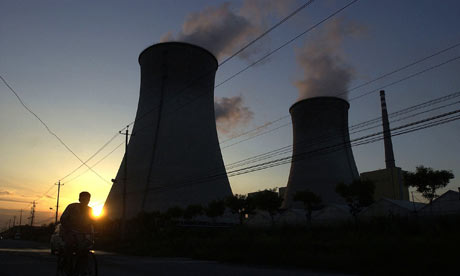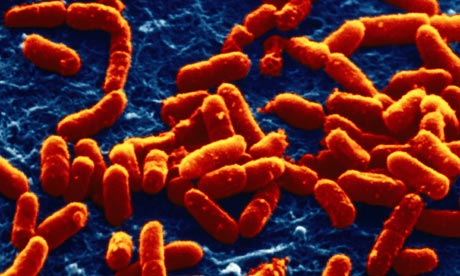 This startling image of the newly discovered Soap Bubble Nebula has generated enormous excitement among astronomers
This startling image of the newly discovered Soap Bubble Nebula has generated enormous excitement among astronomersFrom The Daily Mail:
It may look as if a child's soap bubble has strayed in front of a camera lens, but this extraordinary image from the heavens shows a newly discovered planetary nebula.
The phenomenon, which is caused when stars die and blast out a glowing shell of gas and plasma, was spotted by an amateur astronomer earlier this month.
Most planetary nebulae are elliptical or cigar-shaped, but in this case, its unusual shape was caused after a vast spherical cloud of gas was ejected from each pole of an ageing star.
Read more ....















































